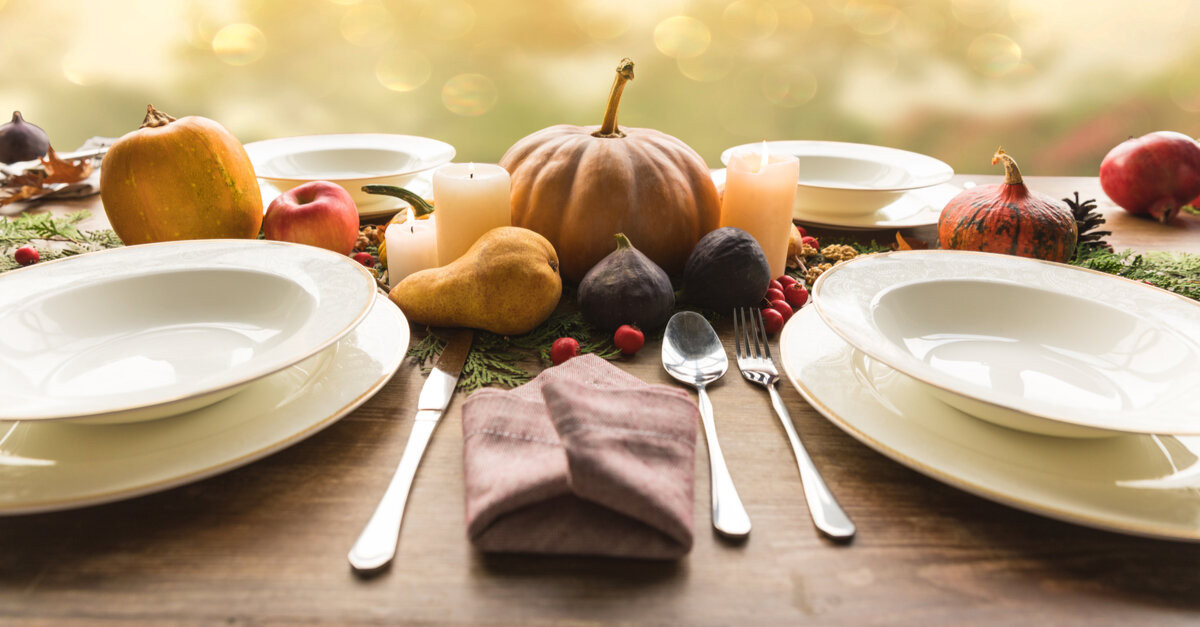Energy Insights: Gobble Up Our 12 Energy Saving Tips for Thanksgiving
Thanksgiving can take and use a lot of energy. Traditionally, we spend the whole day cooking, eating, playing music and games, and watching football and movies on TV. As you prepare to celebrate with food, family, and friends remember you can still save some room to be energy-efficient! Here are a 12 energy-saving tips to gobble up:
· If you expect a large group of people for dinner, lower the thermostat a degree or two before the guests arrive since people generate heat.
· Check the refrigerator and freezer doors to make sure they seal tightly. This will keep the cold air in and the warm air out.
· Allow hot foods or liquids to cool off before placing them in the refrigerator. The cooling-off period should not hurt the taste of the food and will reduce the load on the refrigerator.
· Plan ahead and remove all ingredients at one time. Each time the door of a refrigerator or freezer is opened, its compressor has to run a bit longer to replace the cold air that spills out.
· Use a “lids-on” approach to cooking. Tightly fitted lids on pots and pans help keep heat in, enabling you to lower the temperature settings and shorten the cooking times.
· When boiling liquids, start by using the highest temperature settings to reach the boiling point. Then lower the heat control setting and allow the food to simmer until fully cooked.
· Use the microwave instead of your regular oven whenever possible. Microwave ovens draw less than half the power of your regular oven, and they cook for a much shorter period of time.
· When preheating your regular oven for baking, time the preheat period carefully. Five to eight minutes should be enough time.
· When roasting or baking, avoid making frequent progress checks that involve opening the oven door. Each time the door is opened, a considerable portion of the oven’s heat escapes.
· When using an electric oven, cook as much of your meal as possible in it at one time. Foods with different cooking temperatures often can be cooked simultaneously at one temperature – variations of 25 degrees Fahrenheit in either direction still produce good results and save energy.
· After the feast, many people put the leftovers in a second refrigerator in their garage. This can be bad for both the food and the energy bill. If you live in a cold climate, frozen foods may melt (as the temperature sensor in the refrigerator will not activate the compressor if the temperature in the garage is 42 degrees Fahrenheit or lower). And, if you live in a warm climate, the refrigerator has to work extra hard to keep the food cold. If you have a second refrigerator, consider placing it in the basement or another insulated area of your home.
· Finally, when all of the cooking is done, don’t use your oven’s self-cleaning cycle unless a major cleaning job is needed. Wipe up minor spills and splatters with a damp cloth. When you do use the oven’s self-cleaning feature, start the cycle right after cooking, while the oven is still hot, or wait until late evening hours when the use of electricity is lowest.







